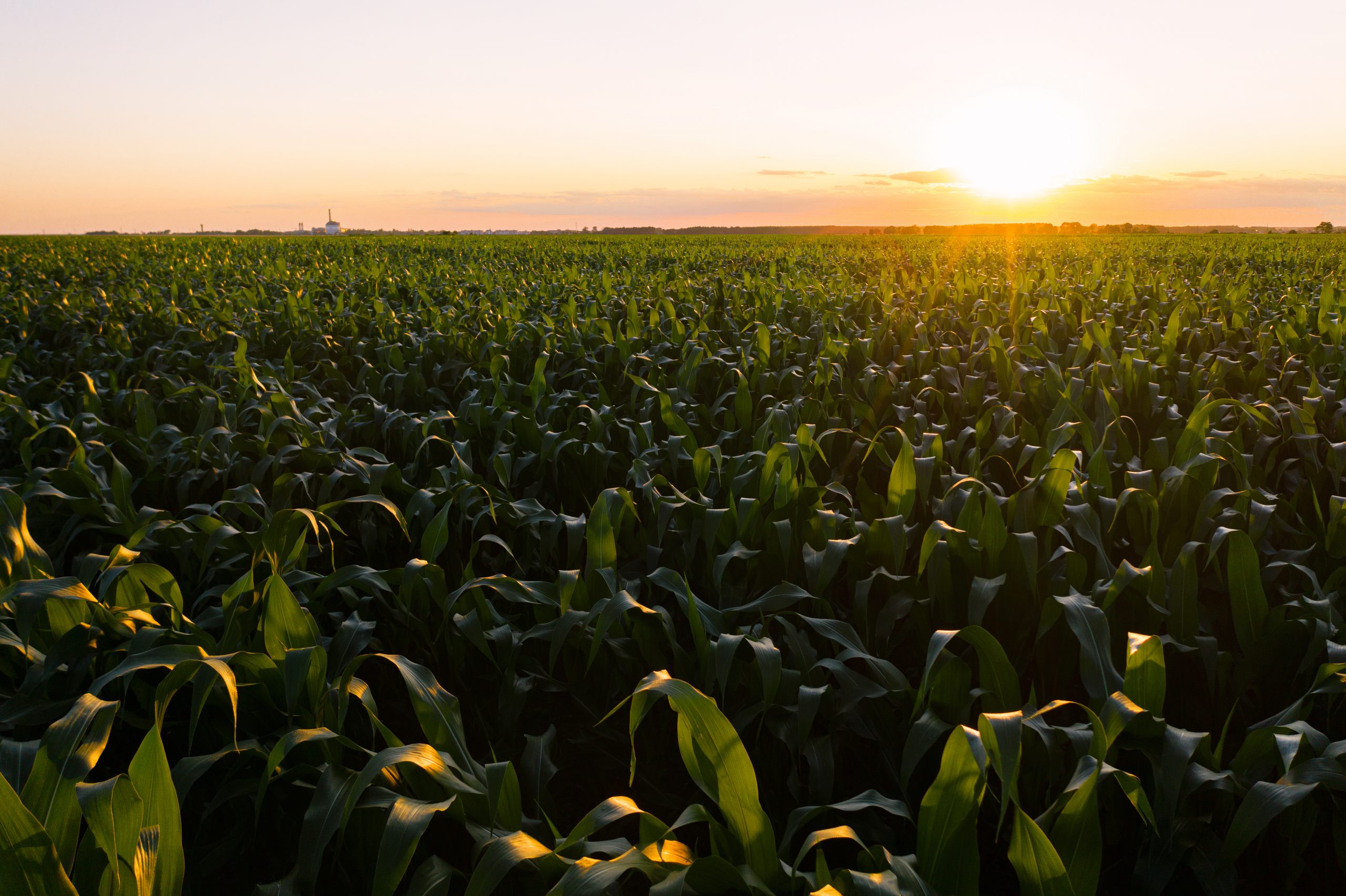Agriculture plays a significant role in our society. The most obvious benefit of agriculture in our daily lives is an abundant food supply. In fact, one farm in the U.S. feeds 166 people on average domestically and abroad. Beyond food, agriculture provides us with the clothes we wear, fuel for our cars, as well as many of the products we use each day.
Agriculture is also a primary driver behind a thriving economy, generating trillions in economic activity. In 2019, agriculture contributed $1.1 trillion to the U.S. gross domestic product. This economic output supports jobs – lots of them! Agriculture and food-related sectors supported 19.7 million jobs in 2020.
A thriving agriculture industry also protects our natural resources. More than 500,000 farmers and ranchers utilize conservation practices on their farms in America. Focusing on soil health helps reduce erosion, protecting the quality of the air we breathe and the water we drink. Conservation-minded practices also help farmers grow more with less, helping to ensure adequate water supplies for future generations.
All of this – and much more – is made possible thanks to the dedicated men and women who work their farms tirelessly behind the scenes. Did you know that there are approximately two million farms in the U.S.? Of these farms, the USDA indicates that 98 percent are family owned! Get to know the faces behind some of the family farms in Texas!

Hamilton Family Farms
Cole and Kyla Hamilton farm corn, cotton and wheat, as well as raise cattle in the Texas South Plains. The Hamiltons take pride in knowing their children are growing up learning lessons on the farm, all while doing something they love. Keeping their soil healthy is a vital part of their farm, and they do so by utilizing conservation tillage, planting native grasses, technology and other conservation practices. “Learning how to manage our resources using technology or conservation is key to success on our farm,” Cole said. Learn more about their farm.
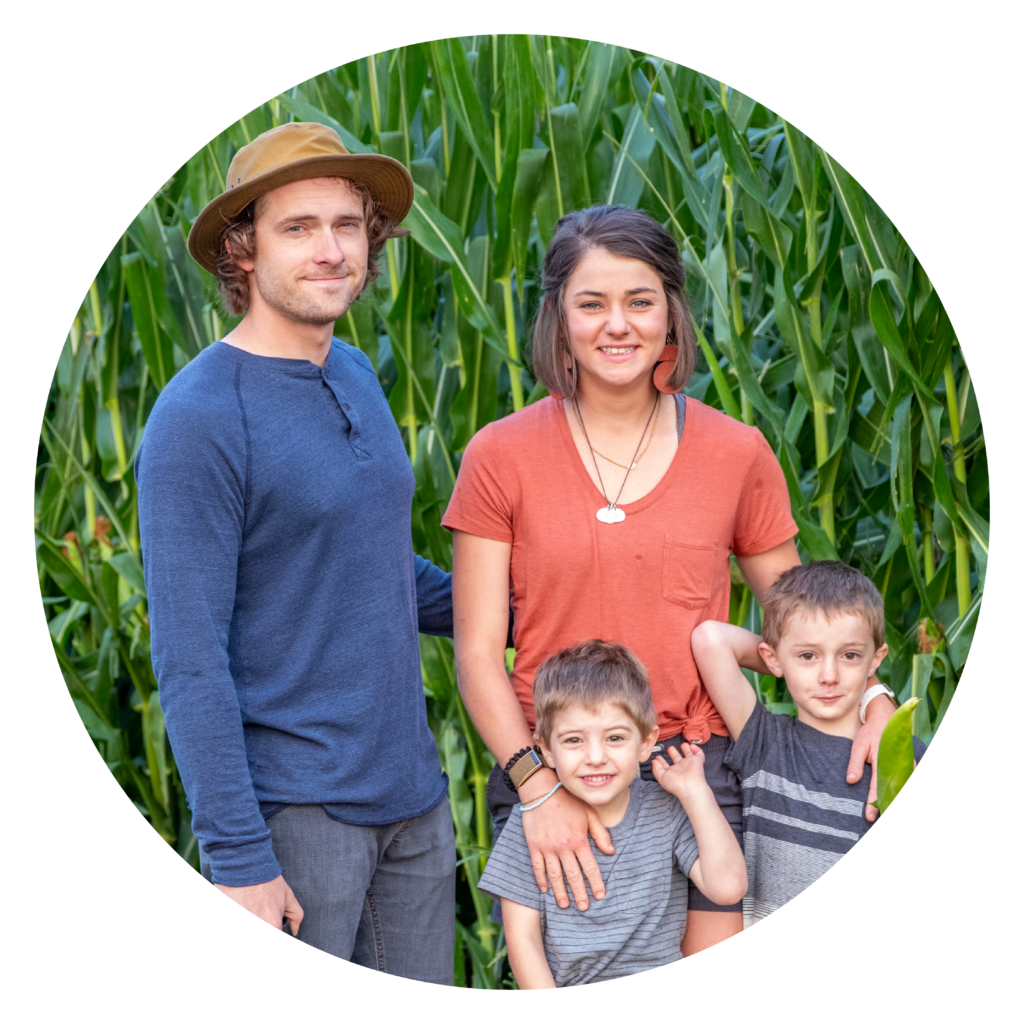
Howard Family Farms
Bryce and Kalley Howard farm in the Texas Panhandle. Kalley said, “My number one goal as a farmer is to bring a quality product to my neighbors, to my family – to the people I care about.” Technology and conservation practices have allowed them to farm sustainably and efficiently utilize their water resources. “We’re all using the same water resource, and in order for this to work, we have to all be mindful of what we’re doing. Sustainability is the name of the game – technology is going to improve, and improve,” Bryce said. Learn more about their farm.
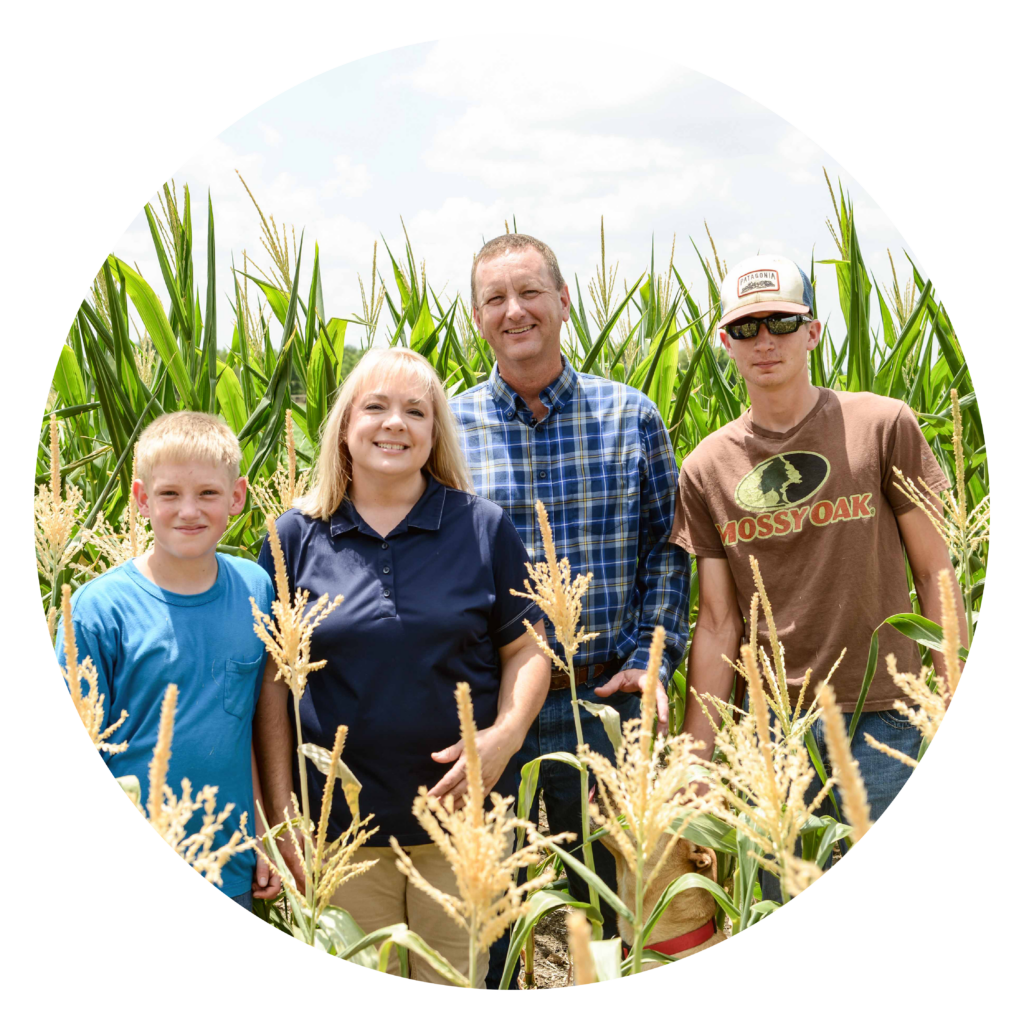
Schronk Family Farms
Rodney and Susan Schronk farm in Central Texas where soil health plays an instrumental role on their farm. The Schronks care about the natural resources both on and off their farm. That’s why they focus on improving soil health by building organic matter through a variety of conservation practices to protect the quality of the water around them. Susan said, “When you think about feeding America, sometimes that seems so big. I’m amazed that’s what we do for a living.” Learn more about their farm.
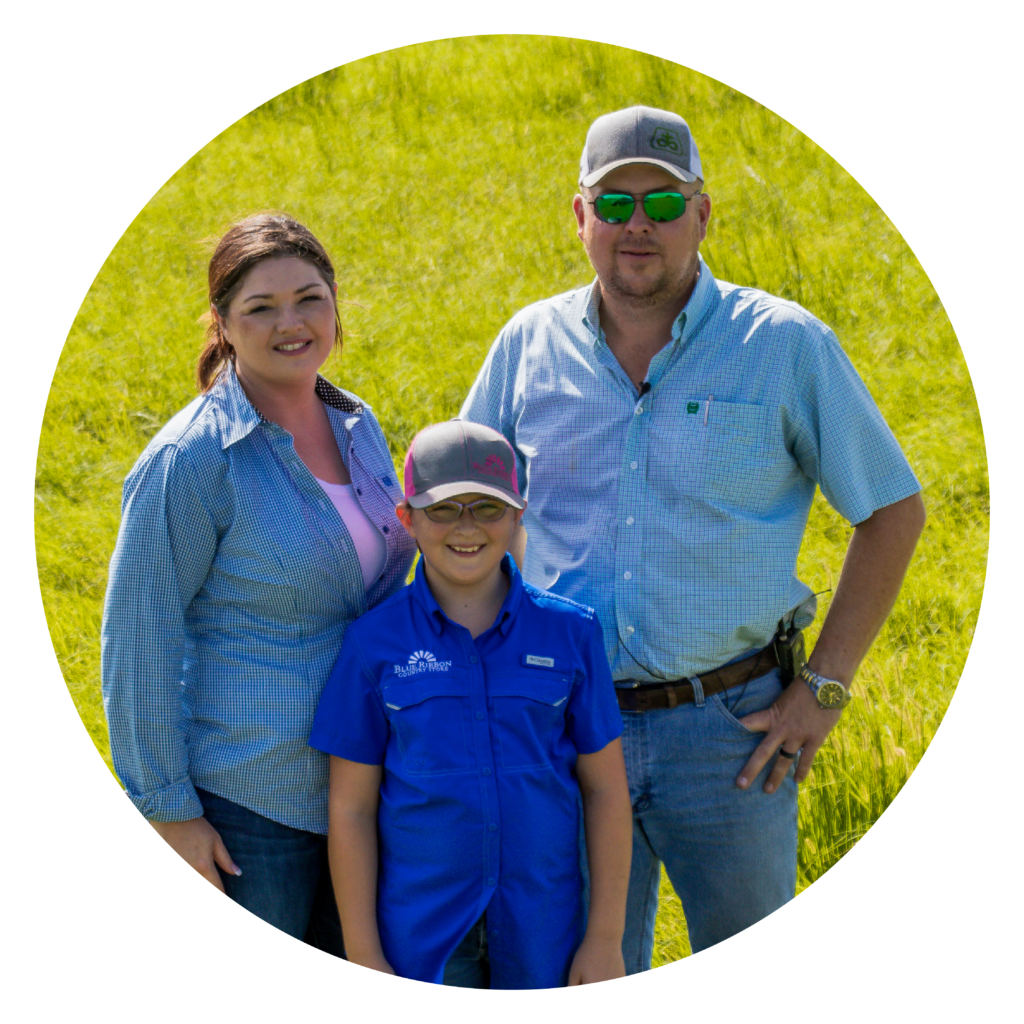
Sugarek Family Farms
Jim and Gina Sugarek farm and raise cattle in South Texas. Gina said, “For farmers to continue to be a farm family, they have to evolve with the times.” Changing markets, unpredictable weather patterns and many other unknowns can make farming a tough job. The Sugarek family has adapted and evolved over time to utilize more conservation practices and remain a viable small business. Learn more about their farm.
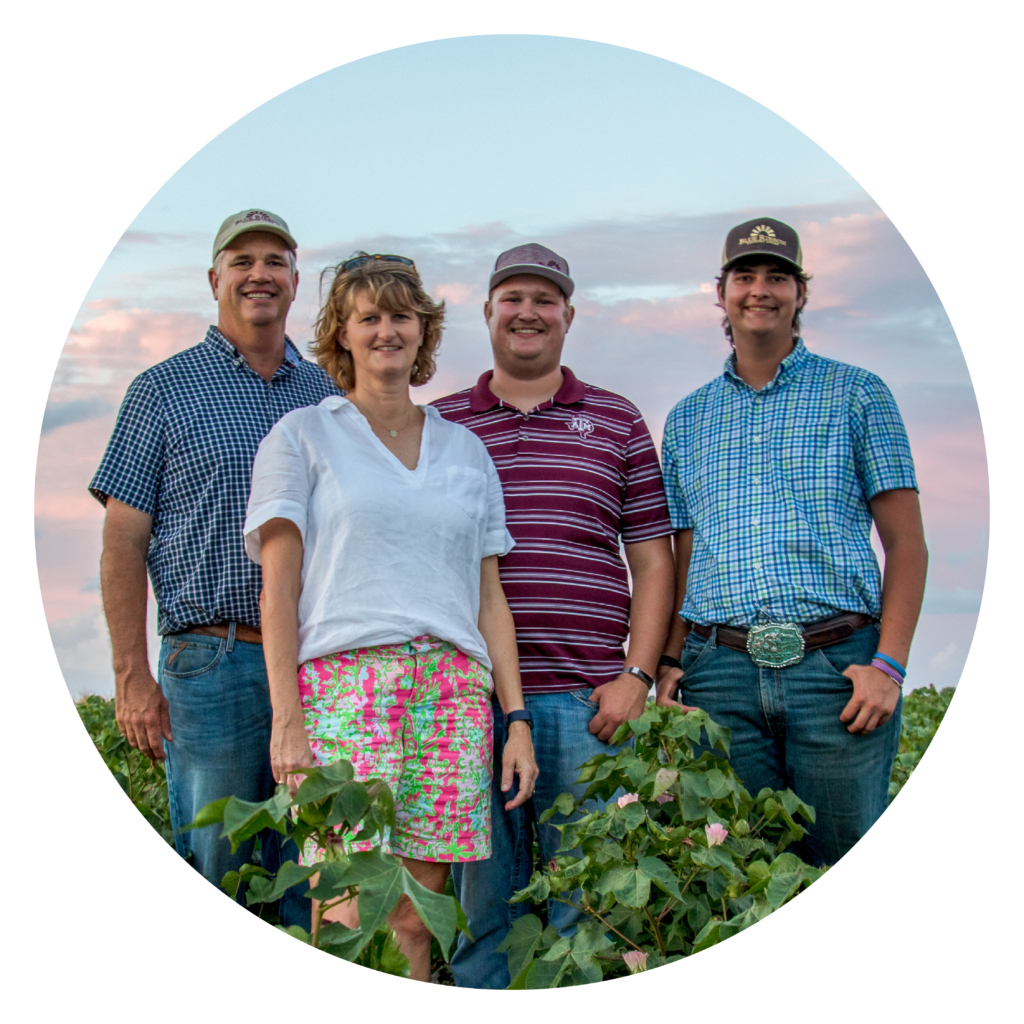
K Whatley Family Farms
Jon and Kelly Whatley farm and raise cattle in the Texas Coastal Bend. The Whatley family knows that the decisions and actions they take on their farm affects natural resources and people off the farm. That’s why they are mindful of the ecosystem around them and implement conservation practices. Kelly said, “I want to make sure that we’re leaving this world as a whole in a better place.” Learn more about their farm.
